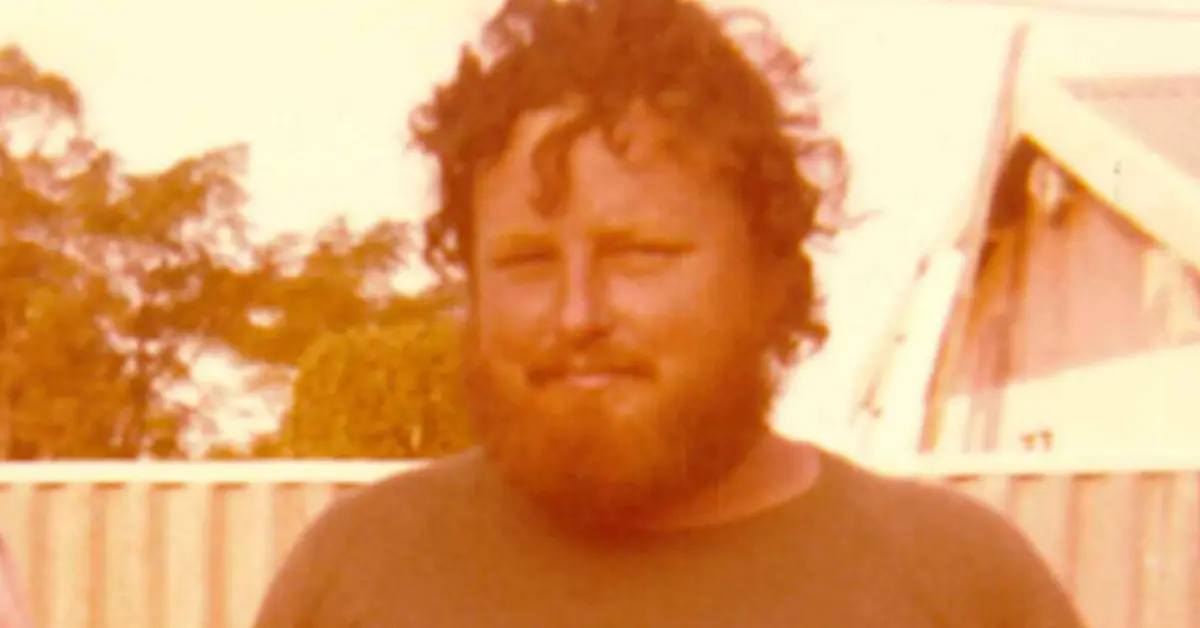The then-22-year-old was last seen alive in Mount Lawley at 11am on Saturday, December 29 that year after she spent time with friends in the suburbs of Cottesloe and Swanbourne the night before.

The following morning her body was found in the Canning Dam catchment area about 800 metres south of the Brookton Highway.
Police recovered the DNA of an unknown man from the crime scene believed to be the offender.
Advances in technology have since allowed police to link the DNA to Terence John Fisher.

Fisher, who died in 2000, has been named as a suspect in the unsolved murder of Tate, who lived in the suburbs of Rivervale and Manning around the time of the 22-year-old’s murder.
Detectives also believe if Fisher were alive today, he may have been able to assist with investigations into the 1986 death of Barbara Anne Western and the 1991 death of Kerry Suzanne Turner.
Fisher was previously identified as suspect in the murder of Tate in May 2024.
Tate’s sister Annemarie Tate said the breakthrough instilled more faith in the detectives and people who solve these crimes.
“It also gives you peace of mind to know that he’s obviously deceased, so he’s not going to hurt anybody else,” Tate said.
“I wouldn’t use the word closure but I personally felt good about it because I didn’t want to have to go through trial.
“We’ve been on this for so many years now that it’s good to put an end to it.”
Annemarie encouraged anyone with information to come forward.
“Come forward if you’ve got any recollection or any memory or thoughts or something went on that made you a little bit suspicious of him, please do come forward,” she said.
“These poor families, they need to know whatever they can find out.”
Tate’s brother Matthew said he did believe the breakthrough provided a sense of closure.
“I can’t imagine how hard it’s been as a needle in a haystack type of thing to find a clue,” he said.


